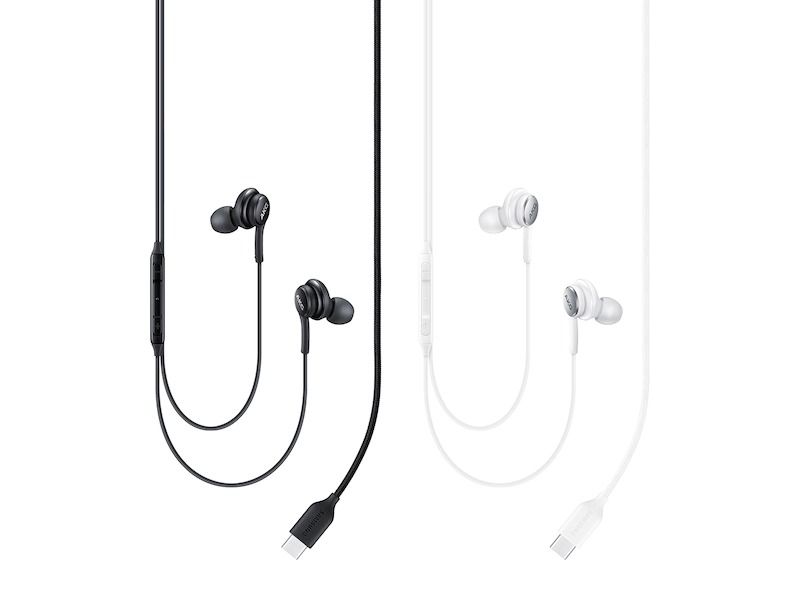Android updates have long been a problem point for the OS. There is an incredible variety of Android devices out there, and ensuring that these get updated to the latest Android version is a big challenge that Google has attempted to tackle through multiple measures (notably, Project Treble) in the past. And while the entire ecosystem still has some ways to go on this road, Samsung is improving the overall update situation by promising support for three generations of Android OS on several Galaxy devices.
Samsung had recently surprised a lot of people when it announced that the newly announced Galaxy Note 20 and Galaxy Note 20 Ultra would be updated with “three generations of Android OS“. Samsung is now extending the promise to these devices:
- Galaxy S series:
- Galaxy S20 Ultra 5G
- Galaxy S20 Ultra
- Galaxy S20+ 5G
- Galaxy S20+
- Galaxy S20 5G
- Galaxy S20
- Galaxy S10 5G
- Galaxy S10+
- Galaxy S10
- Galaxy S10e
- Galaxy S10 Lite
- Upcoming S series devices
- Galaxy Note series:
- Galaxy Note 20 Ultra 5G
- Galaxy Note 20 Ultra
- Galaxy Note 20 5G
- Galaxy Note 20
- Galaxy Note 10+ 5G
- Galaxy Note 10+
- Galaxy Note 10 5G
- Galaxy Note 10
- Galaxy Note 10 Lite
- Upcoming Note series devices
- Galaxy Foldable devices:
- Galaxy Z Fold 2 5G
- Galaxy Z Fold 2
- Galaxy Z Flip 5G
- Galaxy Z Flip
- Galaxy Fold 5G
- Galaxy Fold
- Upcoming Z series devices
- Galaxy A series:
- Galaxy A71 5G
- Galaxy A71
- Galaxy A51 5G
- Galaxy A51
- Galaxy A90 5G
- Select upcoming A series devices
- Tablets:
- Galaxy Tab S7+ 5G
- Galaxy Tab S7+
- Galaxy Tab S7 5G
- Galaxy Tab S7
- Galaxy Tab S6 5G
- Galaxy Tab S6
- Galaxy Tab S6 Lite
- Upcoming Tab S series devices
Samsung further clarifies what it means under this promise with an example of the Galaxy S20 series. The Galaxy S20, announced in February 2020 with Android 10, will get support for three OS upgrades starting with Android 11. This means that the Galaxy S20 will get updated to Android 13. Further, Samsung has also announced that the Galaxy S20 lineup will also be the first Galaxy devices to receive the Android 11 upgrade later this year.
The list of upgradeable devices is decently long, but one can notice that most of these are flagships. But to be fair, a bunch of these phones are not from the latest generation of flagships, and the list also includes several A-series devices.
For other Galaxy devices, Samsung is “committed to providing the latest Android OS upgrades until the hardware specifications allow to provide the optimized mobile experience for our users“. Samsung also surprised us when we inquired on the Galaxy M31s update promise, by promising security updates for 4 years in total. We’ve reached out to Samsung for more details on the OS update promise outside of the phones mentioned in the above list, and on the security update promise.
Source: Samsung
The post These Samsung Galaxy devices will get 3 generations of Android updates appeared first on xda-developers.
from xda-developers https://ift.tt/2E2ciWJ
via IFTTT






